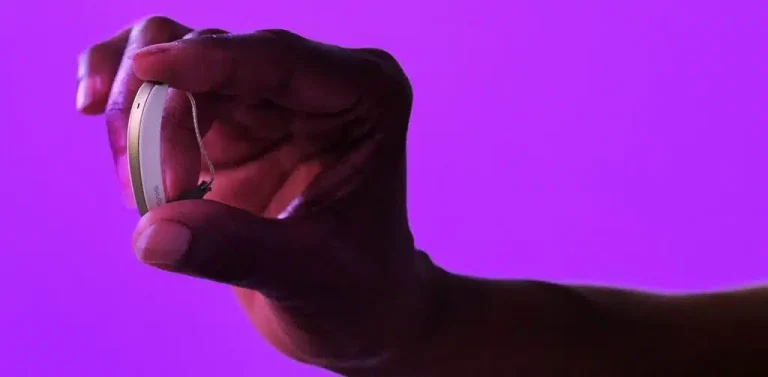Back pain can be debilitating and a major reason for missing work or school. Studies have indicated that up to 80 percent of the general population experience lower back pain at some point in their life. Lower back pain usually manifests in someone’s 20s and may persist all through adulthood. If you suffer from back pain, you can consult experts in back pain in Houston.
What Causes Back Pain?
Even though the chance of developing back pain increases with age, back pain can affect people of any age. Strain injuries, sitting postures, and some medical conditions can cause back pain.
Other possible causes of back pain include:
- Spinal stenosis
- Arthritis of the spine
- Myofascial pain syndrome, which is unexplained muscle pain and tenderness, and Pinched nerve
Common Symptoms of Back Pain
Back pain can affect your ability to walk, stand, sit, or raise your legs. The most common symptoms of back pain are:
- decreased range of motion
- a dull ache in the lower back
- sharp pain when you stand up straight or flex your back
- stabbing pain that radiates down the leg to the foot
These symptoms usually last for some days or weeks. Nevertheless, in about 20% of cases, acute back pain can last up to 3 months in which case, it is considered chronic back pain. Chronic back pain can be very restrictive and should be addressed immediately.
Treatment Options for Back Pain
Back pain may present severe symptoms that can indicate a more serious medical problem. These symptoms like loss of bowel or bladder control, unexplained weight loss, consistent pain that gets worse at night, or fever can be restrictive. They may make it difficult for you to carry out your day to day duties.
Luckily, back pain is treatable. The following is a list of treatment options available to back pain patients:
- Physical Therapy
Exercise is one of the first treatments you should try and works best when done under the guidance of a spine physical therapist and physician. The specialists will tailor a routine to your specific condition. You should make sure to maintain this routine at home
Physical therapy for chronic back pain aims to:
- Increase your pain tolerance
- Retrain your posture
- Improve your flexibility
- Strengthen your core
- Lifestyle Change
Pain is your body’s way of alerting you to the things you are doing wrong. You can relieve the pressure to your back, neck, and spine by modifying your lifestyle.
Start by avoiding bulky laptop backs, suitcases, boxes, and purses and use a backpack that distributes weight evenly on your back.
Secondly, work actively to mend your poor posture by reminding yourself to sit up straight in a chair and regularly roll your shoulders.
Thirdly, avoid wearing high-heeled shoes as they are likely to damage your back. If you must wear a heeled shoe, wear one with a maximum height of one inch.
Finally, stretch often to improve circulation to the muscles in your back, arms, and, neck
- Injection-based Treatments
When the cause of pain is known, epidural steroid injections, nerve ablations, nerve blocks, and other types of injection-based procedures can be applied to address chronic back pain.
The injections may stop or reduce the pain for a while. However, they are only short-term solutions and should be used in isolation.
- Diet Change
What you eat directly affects your health. Maintaining a healthy weight, for example, can lessen the pressure on your spine.
Additionally, eating foods high in refined sugars, trans fats, and processed foods, which are highly inflammatory, can increase the severity of your back pain.
Work with your doctor to come up with a diet that addresses these issues.
- Alternative Treatments
Your spine specialist may recommend alternative treatments like massage, acupuncture, biofeedback therapy, electrical nerve stimulation, and laser therapy to treat your back pain condition.
- Medicine
You can use muscle relaxants, analgesics, anti-inflammatory drugs, and other medications to help control chronic back pain.
However, most of these medications have unwanted side effects and should not be used for prolonged periods.
















